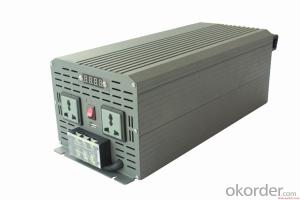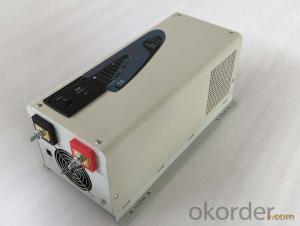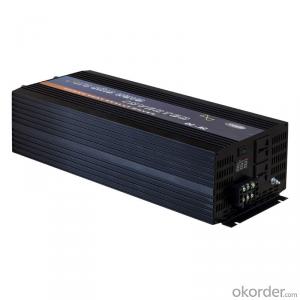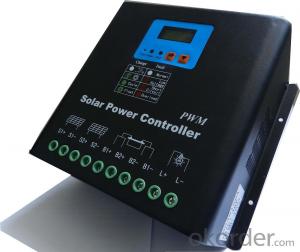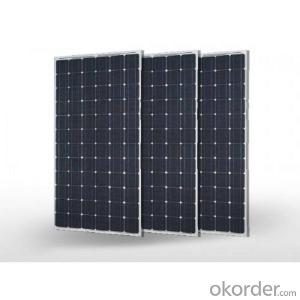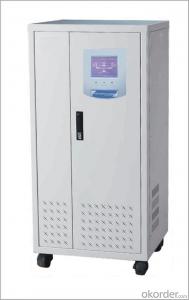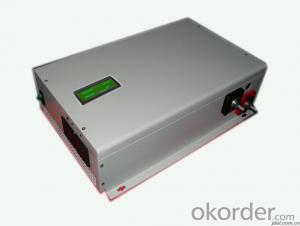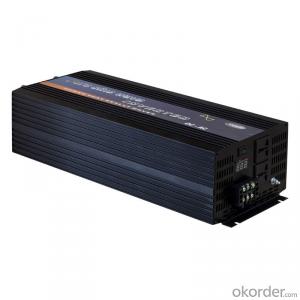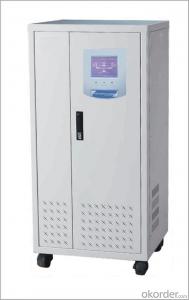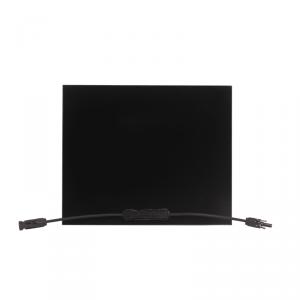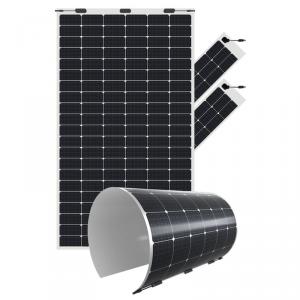Buy Solar Edge Inverter
Buy Solar Edge Inverter Related Searches
Solar Edge Inverter Solar Edge Inverter For Sale Inverter Solar Edge Solar Edge Solar Inverter Buy Solar Inverter Solar Edge Hybrid Inverter Solar Edge Inverter Price Cost Of Solar Edge Inverter Buy Solar Panel Inverter Solar Edge Inverter Cost Solar Edge Inverter Specs Solar Edge Inverter Uk Solar Edge Micro Inverter Buy Hybrid Solar Inverter Solar Edge Hd Wave Inverter Solar Edge Inverter Efficiency Solar Edge Energy Hub Inverter Reset Solar Edge Inverter Solar Edge Inverter Spec Sheet Solar Edge Inverter Models 10kw Solar Edge Inverter Solar Edge 3 Phase Inverter Buy Solar Inverter Online Solar Edge Inverter Wifi Solar Edge Inverter 10kw Solar Edge Inverter App Solar Inverter Buy Online Solar Edge 6kw Inverter Solar Edge Inverter Lights Solaredge Solar InverterBuy Solar Edge Inverter Supplier & Manufacturer from China
Solar Edge Inverter is a high-quality solar energy product designed to optimize the performance of solar panel systems. This advanced inverter technology maximizes energy output by individually monitoring and managing each solar panel, ensuring that the system operates at peak efficiency. The Solar Edge Inverter is ideal for residential, commercial, and industrial applications, where it can significantly improve the return on investment for solar energy projects. By harnessing the power of the sun and converting it into usable electricity, the Solar Edge Inverter plays a crucial role in promoting sustainable energy solutions.The Solar Edge Inverter is widely used in various settings, from small-scale residential rooftop installations to large-scale solar farms. It is particularly beneficial in scenarios where shading or mismatched solar panels can reduce overall system efficiency. By managing each panel independently, the Solar Edge Inverter ensures that every panel contributes to the maximum energy output, regardless of the specific conditions it faces. This makes it a versatile and reliable choice for a wide range of solar energy applications.
Okorder.com is a reputable wholesale supplier of the Solar Edge Inverter, offering a vast inventory to meet the needs of various customers. With a commitment to providing top-quality products and exceptional service, Okorder.com ensures that customers have access to the latest solar energy solutions. By partnering with Okorder.com, customers can be confident that they are receiving the best Solar Edge Inverter products at competitive prices, backed by a reliable and trustworthy supplier.
Hot Products






